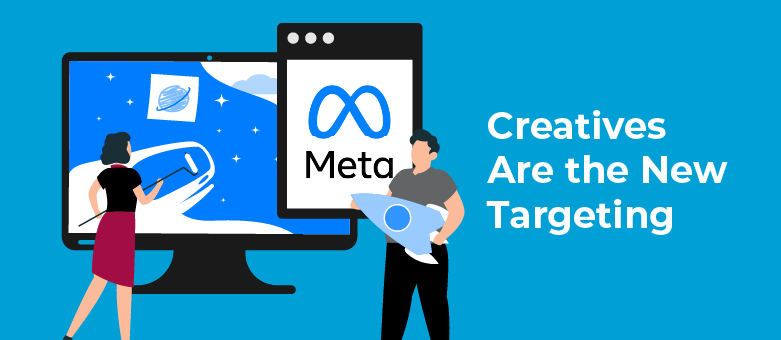The advertising world is evolving — fast.
If you’re running campaigns on Meta (Facebook and Instagram), especially here in Cyprus, you’ve probably noticed that manual targeting isn’t delivering the same impact it once did. The reason? Meta is changing the game.
In 2025, Meta is making a clear move away from detailed manual targeting options. Instead, they’re doubling down on their AI-powered performance engine, encouraging advertisers to focus less on audience micromanagement and more on creative excellence.
At Web Theoria, we’re already preparing our clients for this shift. Here’s what you need to know — and how to get ahead.
Why Is Meta Moving Away from Manual Targeting?
In the past, advertisers had granular control over who saw their ads:
- Interests
- Behaviours
- Custom lookalikes
- Detailed exclusions
But with increasing privacy regulations (like iOS 14.5 and cookie restrictions), the data behind those targeting options has become less reliable. Add to that Meta’s investment in machine learning, and the platform’s algorithm is now better at identifying patterns and finding your ideal customers than manual setups ever could.
Meta’s official stance?
“Let performance AI do the work.”
In other words: feed the system great creative, and let their AI find the right audience for you.
Creatives: The New Power Player
As Meta’s algorithms take control of audience discovery, your creative assets become the single biggest lever for success.
Your ads are now your targeting.
Great creatives do three things:
- Attract the right audience naturally, without needing granular filters.
- Send strong signals to Meta’s algorithm, helping it learn who is engaging.
- Improve over time, as the algorithm optimises delivery based on performance data.
According to Meta, creative quality now influences 70–80% of campaign performance.
This is where a strong content marketing strategy becomes invaluable. Creating purposeful, high-quality visuals and messaging is no longer optional — it’s essential.
What Does This Mean for Your Campaigns?
Here’s how you should be thinking about Meta Ads in 2025:
Broader Targeting, Smarter Creatives
Shift from micro-targeting to broader audiences. Let your creative speak directly to your ideal customer profile.
High-Quality Data Inputs
A strong pixel setup and Conversion API (CAPI) are more important than ever. The algorithm needs clean, quality data to optimise your campaigns.
Creative Variety & Testing
Test multiple creative formats and messages. Video, carousel, static images — and lots of versions of each. Let the data show you what resonates.
Simpler Account Structures
Move away from complex campaigns with dozens of ad sets. Consolidation is the way forward.
Focus on Measurement
With less visibility into audience breakdowns, rely on platform data and modeled attribution to understand performance.
This is precisely the kind of evolution we embrace in our social media marketing services, where we combine creative excellence with data-driven strategies to help brands thrive in this new environment.
What About Manual Targeting?
Manual targeting isn’t completely gone (yet).
You’ll still use it for:
- Retargeting website visitors or engaged users
- Excluding existing customers (to avoid overlap)
- Location or language targeting when necessary
But the days of stacking 20 interests and narrowing audiences down to the smallest detail? They’re behind us.
The Future Is Creative-First
For brands and businesses, this is an exciting opportunity.
Instead of spending hours building complicated audience structures, you can focus your energy on what matters most: telling your story, showcasing your products, and connecting with people through powerful, scroll-stopping creative.
At Web Theoria, we’re already embracing this future. We’re helping our clients design high-performing creatives, optimise their data flows, and build campaigns that work with Meta’s evolving ecosystem — not against it.
If you’re ready to get ahead of the curve, let’s chat.
Need help with your Meta Ads strategy in Cyprus?
Our team at Web Theoria is here to guide you through every step of the journey — from creative planning to campaign execution and beyond.
Published on April 08, 2025

